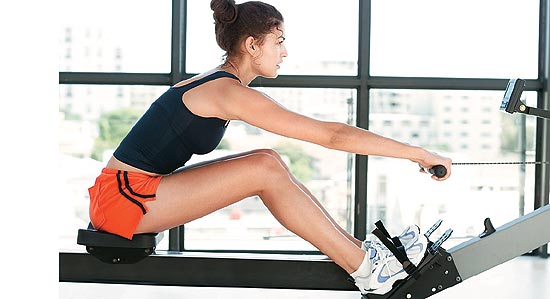
Bones Of Contention
Planning a healthy retired life? Get started today with tips on how to make your bones stronger.
Mantras To Stay Fit
“But I eat healthy foods!” Mithila wails. “And I do yoga,” I chip in. The doctor is quick to enlighten: “Yoga is great for muscles, toning, flexibility and peace of mind. But it is not aerobics, it doesn’t pump the heart or make the bones stronger.”
- Stretch when you wake up.
- Exercise four days a week. In particular, try walking, jogging, tennis, aerobics and dance.
- Fish and seafood have the highest calcium content–700-1,500 mg per 100 gms.
- Go easy on coffee, alcohol and cigarettes.
- Take calcium citrate supplements, not calcium carbonate. Citrate gets absorbed easily. 1,000 mg with 200 IU vitamin D and 500 mg of vitamin C.
- Never eat calcium with milk products. It affects absorption. Have it at night, preferably thirty minutes after dinner.
- Curd is better than milk, since curd contains vitamin C, which helps calcium absorption. 100 gm of curd has 150 mg of calcium. 100 ml cow’s milk has 120 mg calcium.
Calcium-rich Vegetables
- Cauliflower greens – 630
- Colocasia (arbi) leaves – 250-350
- Paneer (very fattening) – 790
- Turnip leaves – 700
- Carrot leaves – 350
- Fenugreek leaves – 400
- Lotus Stem – 405
(All 100 gm/ml & calcium in mg)
How Much Is Right?
Some people are afraid of unintentionally consuming too much calcium. But up to 2,500 mg per day is okay. If you take more than the limit, it might increase the risk of, say, kidney stones. “Which is more rampant in sedentary lifestyles,” warns Talwar. The message? Get off your butt and walk!
|
Talwar says women and parents of daughters need to be careful. “If the mother has low BMD, the daughter is likely to have it too. Hence, fortification at an early age is a must,” he adds. Young girls, it seems, fill up the density of their bones between 8 and 11 years, while young boys do it between 11 and 14 years. Girls, who have mothers with low BMD, need to eat calcium supplements almost all through their lives. From 35 to 65 years, 20% of men’s and 40% of women’s skeletons get depleted. Eating healthy to keep your weight under control alone won’t be enough, says Talwar.
Pension Plan
Bone density, it seems, is either close-knit or loose knit, depending on your genetic make-up. Both men and women fall into either of these knits. From 20 to 40 years, this close or loose knit bone density should remain constant, unless you have a disease or a lifestyle that depletes the bones of their density and makes them brittle. Calcium is necessary for adults who didn’t get enough of it while growing up or those who have led a stress-filled life working erratic hours, says Talwar. It is also a must-have for those who have led sedentary lives, consuming lots of coffee, cigarettes and alcohol. Besides, vitamin D and C enhance absorption of calcium. Also, one should have proteins to keep the bones healthy.
Vitamin D is more like a hormone which helps us assimilate calcium absorption. If we don’t take vitamin D, the calcium will not get absorbed by our blood stream, and hence will never reach our bones. For people aged between 19 and 50 years, 200 international units (IU) of vitamin D is required along with 1,000 mg of calcium.
Intake of calcium is mandatory to avoid osteoporosis—a disease where bones become hollow and brittle. It varies for different groups of people. For kids it is 1,300 mg and adults 1,000 mg. People aged 65 and above together with menopausal women should draw the line at 1,300 mg. And while we’re aware that 80% of us suffer from back pain due to a bad posture at work, what we don’t realise is that the investment of time in our bone health (read exercise and eating right) will lead to a happier retired life.
Bone health today is like a pension plan. Invest today, reap tomorrow. Now, isn’t that what we’re doing with our work lives? So, why not with our bodies?









0 comments:
Post a Comment